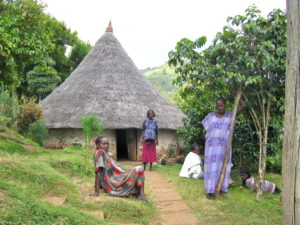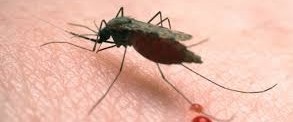The 2017 Annual report from the Centre for International Health at the University of Bergen writes about the implementation reserach in south Ethiopia:
 Making standard delivery services available for all is the most important factor for improving maternal mortality. Furthermore, the study suggests that stillbirths can also be reduced if the health services focus on improved obstetric care.
Making standard delivery services available for all is the most important factor for improving maternal mortality. Furthermore, the study suggests that stillbirths can also be reduced if the health services focus on improved obstetric care.
Professor Bernt Lindtjørn led a project in south-western Ethiopia studying how a number of interventions could reduce maternal mortality and stillbirths. As a result of the research efforts, there was 64% reduction in maternal mortality and a 46% reduction in stillbirths.
Lindtjørn explains that there are several reasons why mothers die in childbirth, but he highlights that the main causes are insufficient numbers of institutions and trained personnel, as well as a lack of access to services (i.e. transportation) as being the most important factors.
The project’s positive results were associated with increasing the numbers of trained staff, increasing the num- bers of institutions undertaking Comprehensive Emergency Obstetric Care (CEmOC), increasing the numbers of mothers having Caesarean sections, increasing in the numbers of antenatal controls and referrals, improving access to health service, decreasing in number of home deliveries and decreasing the use of traditional birth attendants.
The goals for the project were straight forward and included making small hospitals available for rural popu- lations, improving referrals (i.e. from health posts to health centres to hospitals when necessary), undertaking additional training for non-clinical physicians, nurses, midwives, and health extension workers, making essential equipment available, and supervising the health care services on offer.
The project was based on the principle of “learning by doing” and involved short courses in Basic Emergen- cy Obstetric Care (BEmOC) and Comprehensive Emergency Obstetric Care (CEmOC), as well as anaesthesiolo- gy, scrub nursing and Continuing Medical Education (CME). It also included Master and PhD training in Public Health: one PhD and 6 master degrees resulted from the project.
